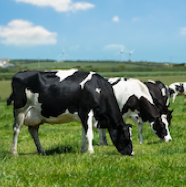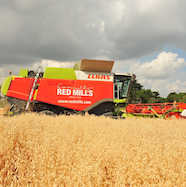Understanding Soil Fertility and its Impact on Silage Yields
Role of phosphorus, potassium, and pH values for soil fertility and silage yield
According to a report by Michael Hennessy, Teagasc, sub-optimal soil fertility is probably the core reason that target silage yields and digestibility are not achieved on many farms. Phosphorus (P) and potassium (K) soil values along with pH level play a significant role in the potential grass yield. Low soil P, K or pH values reduce the yield response to fertiliser nitrogen including slurry.
As a consequence, the yield of grass for harvest when the sward is at an optimal growth stage is likely to be lower than required. In many cases, a decision is made to defer harvesting by some weeks until sward yield has increased sufficiently.
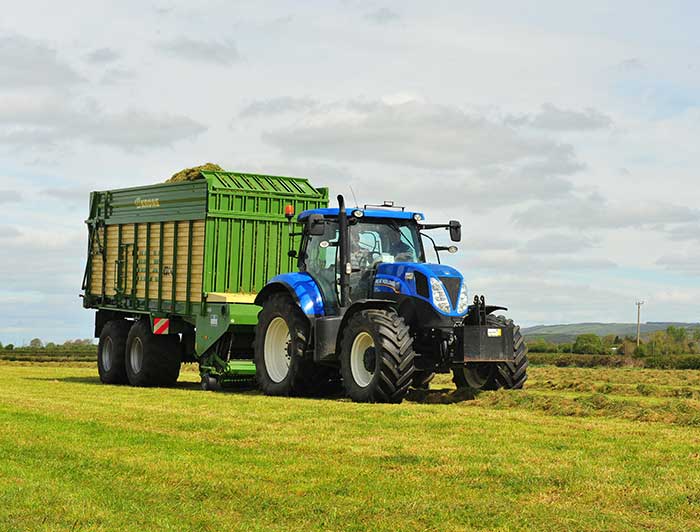
Delayed harvested leads to decreased digestibility of silage
However, according to Teagasc research, each week delay in harvesting results is a 2-3% unit drop in sward digestibility, subsequent silage intake, feed efficiency and growth rate by cattle will suffer. It will require 0.6- 0.9kg concentrate/animal daily to undo the effect of the drop in silage digestibility and restore animal performance.
Sub-optimal soil fertility impacts ryegrass in swards
In addition, sub-optimal soil fertility makes it difficult to maintain the persistence of perennial ryegrass in swards. The latter increases the frequency and thus the cost of reseeding and facilitates the development of swards that are more difficult to preserve as silage. Thus, soil P and K status both need to be at soil index 3 and pH at approximately 6.3 (mineral soils), based on soil analyses.
In summary:
It is important to note that correcting a soil nutrient deficiency is costly and should be addressed as part of a longer-term farm business plan.
For more information or assistance, contact the RED MILLS agronomy team.
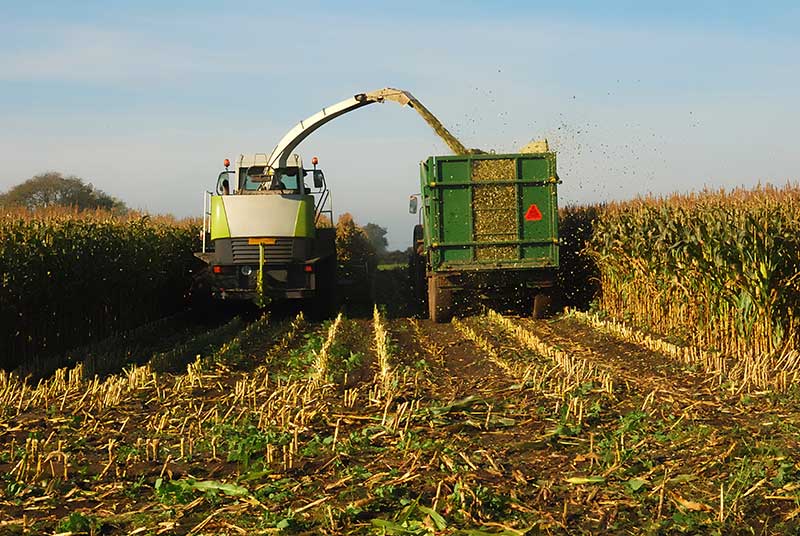
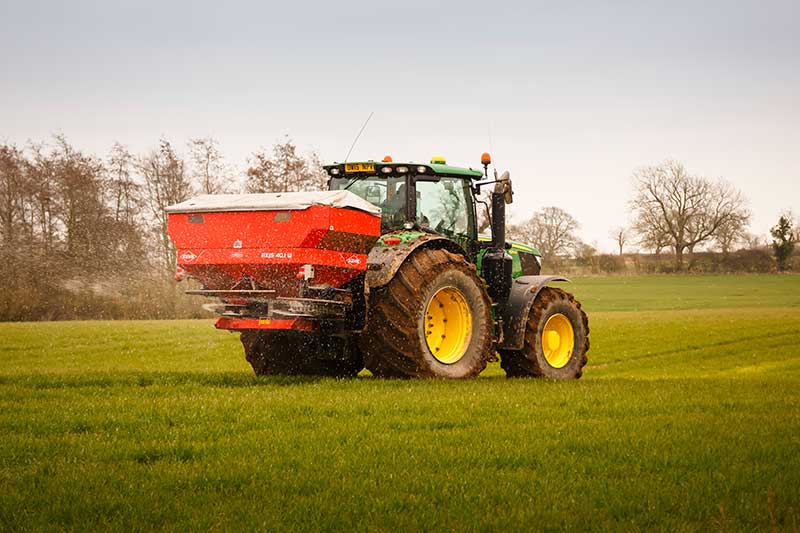
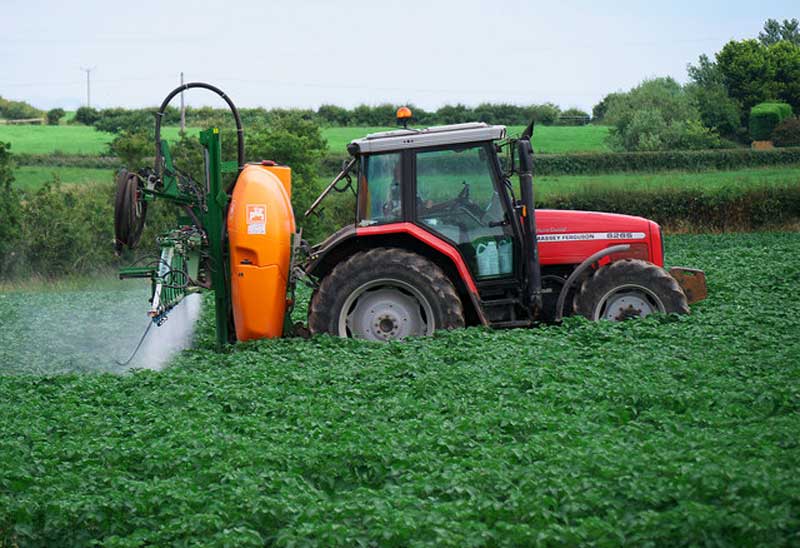
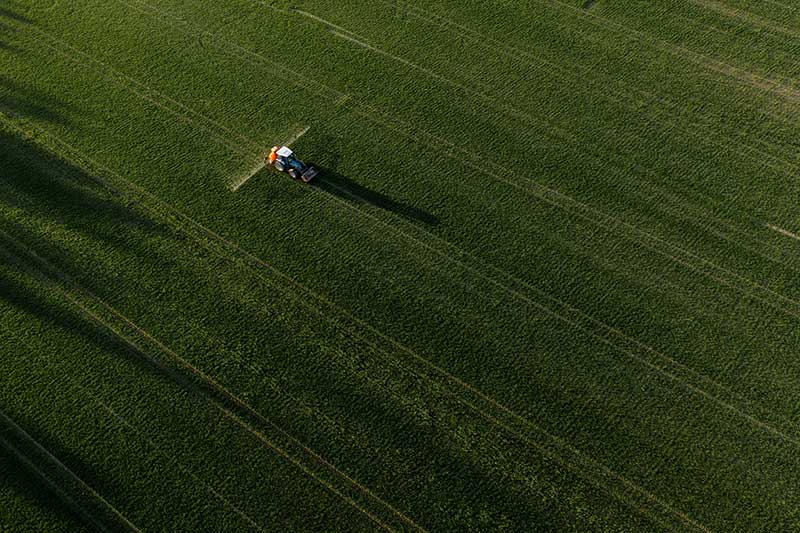


 05
05
